1. Too Much Concrete or Paving
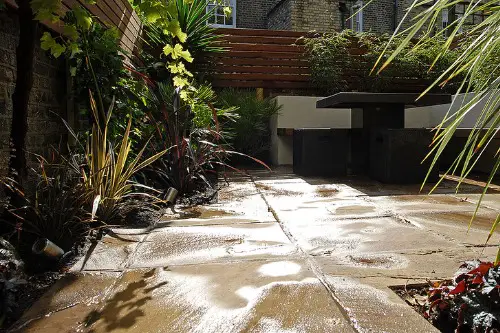
Large patios, driveways, and walkways made of concrete or stone might look clean and modern, but they absorb and radiate heat like a sponge. These hardscapes create what’s known as a “heat island” effect, raising the temperature around your home—especially in the late afternoon. That extra heat doesn’t just make your yard uncomfortable; it can also increase your cooling costs. The more surface area you pave, the more heat you trap.
Instead, break up hardscaping with grass, ground cover, or permeable materials like gravel or pavers with spacing. These allow water to soak in and reduce heat buildup. A little green goes a long way in cooling things down. Balance is key to both comfort and curb appeal.
2. Planting Too Close to the House

Shrubs and hedges right up against your home might seem like a good way to soften the foundation, but they can block airflow and trap heat. This creates a pocket of warm, stagnant air that radiates into your walls and windows. It also makes it harder for your HVAC system to cool the house efficiently. What looks lush can actually be suffocating.
Leave at least 2–3 feet of space between large plantings and your home’s exterior. This allows for better air circulation and reduces heat buildup. Plus, it helps prevent moisture and pest issues. Give your house a little breathing room—it needs it.
3. Using Dark Mulch Everywhere
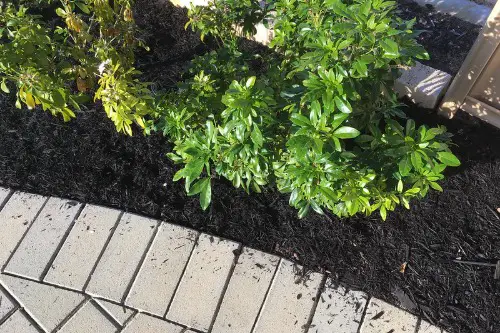
Dark-colored mulch, like black or deep brown, might look sleek, but it absorbs more heat than lighter options. That heat radiates into the surrounding soil and air, raising the temperature around your plants and your home. It can even stress delicate plants and dry out the soil faster. What seems like a small aesthetic choice can have a big thermal impact.
Opt for lighter mulches like straw, shredded bark, or even pine needles to reflect more sunlight. They’ll still suppress weeds and retain moisture—without turning your flower beds into mini ovens. Sometimes cooler colors really are cooler. Your plants will breathe easier, and so will you.
4. Lack of Shade Trees
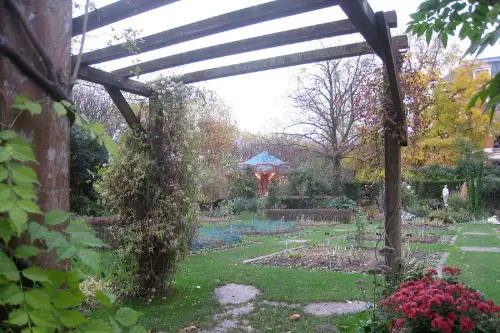
If your yard is missing mature trees, you’re missing out on one of nature’s best air conditioners. Trees can lower surrounding temperatures by up to 10°F through shade and evapotranspiration. Without them, your home gets full sun exposure, especially on west- and south-facing walls. That means hotter interiors and higher energy bills.
Planting deciduous trees strategically—like near windows or patios—can block summer sun while still letting in winter light. Fast-growing varieties like red maple or river birch can make a difference in just a few years. Shade isn’t just nice—it’s smart. Your future self (and your AC unit) will thank you.
5. Skipping Ground Cover
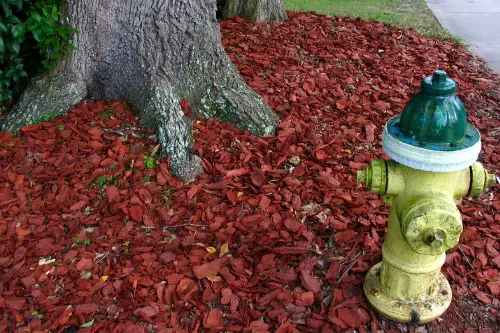
Bare soil or large patches of mulch without any ground cover plants can act like a heat sink. The exposed surface absorbs sunlight all day and radiates it back at night, keeping the area warmer for longer. It also dries out faster, which stresses nearby plants and increases watering needs. It’s a missed opportunity for natural cooling.
Low-growing ground covers like creeping thyme, clover, or sedum help insulate the soil and reflect sunlight. They also reduce erosion and add visual interest. Think of them as living insulation for your yard. Cooler, greener, and way more charming.
6. Overusing Artificial Turf
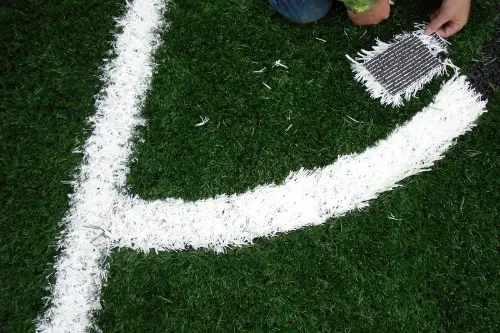
Artificial grass might seem like a low-maintenance dream, but it gets scorching hot in direct sun—often hotter than asphalt. It can make your yard unbearable to walk on and radiate heat toward your home. Unlike real grass, it doesn’t cool the air or absorb carbon dioxide. It’s a shortcut that comes with a thermal price.
If you love the look, consider using it in shaded areas or mixing it with natural landscaping. Or better yet, opt for drought-tolerant real grass or native plants. Your feet—and your energy bill—will feel the difference. Sometimes fake just isn’t worth the heat.
7. Ignoring Wind Flow
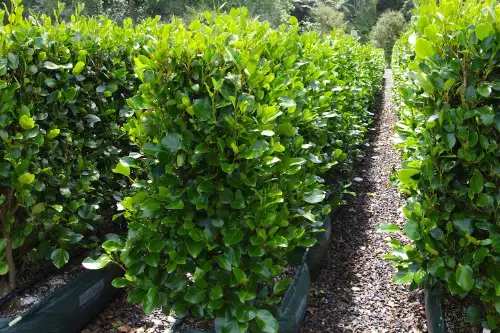
Dense hedges, solid fences, or poorly placed structures can block natural breezes that would otherwise help cool your yard and home. Without airflow, hot air gets trapped and lingers, making outdoor spaces feel stuffy and stagnant. It also reduces the effectiveness of shade and evaporative cooling. A breezeless yard is a hot yard.
Design with airflow in mind—use slatted fences, staggered plantings, or open pergolas to encourage movement. Even small changes can make a big difference in comfort. Let the wind do some of the work. Nature’s AC is free—if you let it in.
8. Not Using Reflective or Light-Colored Surfaces
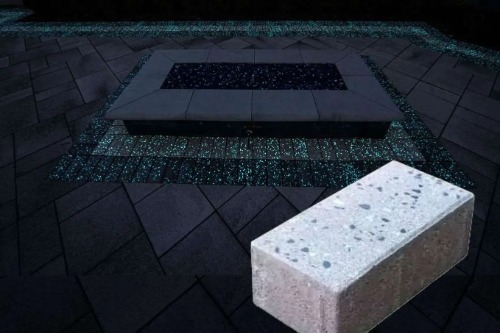
Dark patios, decks, and even outdoor furniture absorb more heat than you might think. That heat radiates into the surrounding area, raising the temperature of your entire yard. It’s especially noticeable in the late afternoon when everything feels like it’s been baking. The wrong color choice can turn your backyard into a heat trap.
Choose lighter-colored pavers, gravel, or decking materials to reflect sunlight instead of absorbing it. Even light-colored cushions or umbrellas can help. A brighter palette doesn’t just look fresh—it feels cooler too. Shade and reflection are a powerful combo.
9. Overwatering During Peak Heat
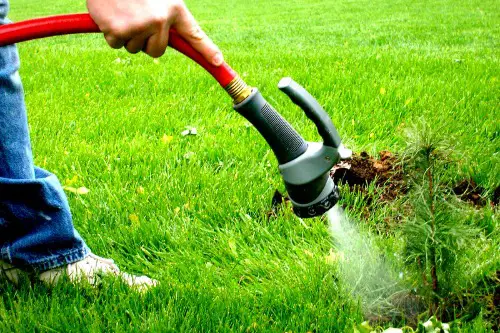
It might seem counterintuitive, but watering your lawn or garden during the hottest part of the day can actually make things worse. The water evaporates quickly, creating a humid microclimate that traps heat near the ground. It also wastes water and can stress plants rather than help them. Timing matters more than you think.
Water early in the morning or late in the evening when temperatures are lower and evaporation is minimal. This keeps your plants hydrated and your yard cooler. Smart watering is cool in every sense. Efficiency is the new luxury.
This post 9 Landscaping Mistakes That Are Making Your Home Hotter was first published on Greenhouse Black.
